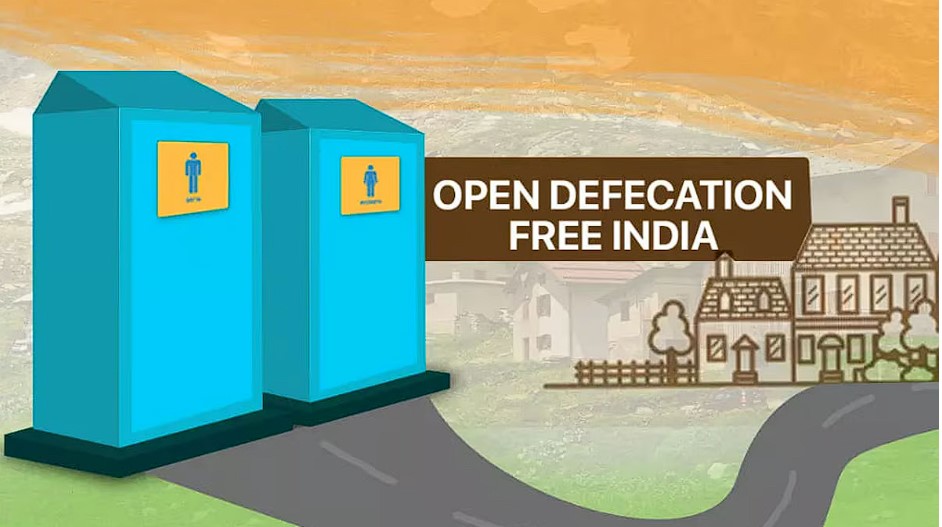Sanitation and waste management are serious issues in India. Until recently, the urban and rural centres were historically criticized for lacking efficient waste management infrastructure. But governments have managed to change this status to a much better level over the years.
The most recent announcement made by the Jal Shakthi Ministry is the best example of the country giving importance to sanitation and waste management. Approximately 547,283 towns in India are not considered ODF Plus (Open Defecation Free Plus). This is a testament to the effort put in by different ministries over the years and the labor of sanitation workers.
What is ODF Plus?
ODF Plus classification is the level of classification awarded to cities and towns in their efforts to create cleaner and sustainable environments. Towns and cities in India should insist on creating durable and reliable sanitation and waste management techniques. ODF Plus is the award given for the efficient and valuable service undertaken by every worker under the ministry.
Categories of ODF
There are mainly three categories of ODF Plus villages:
- Aspiring Villages- Those villages that meet the basic requirements in establishing waste management fall under this category.
- Rising Villages—These villages are categorized under this category. They have facilities for both solid and liquid waste management.
- Model Villages—Villages that showcase exceptional performance in creating a clean environment fall under this category. These villages are expected to be visibly clean and have established waste management facilities. These villages also make great efforts to educate the people about the importance of waste management.

Ref. URL: https://media.assettype.com/english-sentinelassam%2Fimport%2Fh-upload%2F2023%2F10%2F03%2F483402-odf.webp?w=1200&auto=format%2Ccompress&fit=max
Area wise Distribution
In the data provided by Jal Shakti Mission, the wise division of ODF Plus villages is as follows:
- Andhra Pradesh: The state has 15,758 total ODF Plus villages.
- Assam: 25,215 villages have received ODF Plus status, including many Model villages.
- Bihar: 30,225 ODF Plus villages are in Bihar, with a separate list of model categorizations.
- Madhya Pradesh: The state has 49,742 ODF Plus villages, many leading in Model classifications.
- Uttar Pradesh: With the highest number of 93,872 ODF Plus villages, U.P. leads the table. All the villages are part of the different categorizations.
- Rajasthan: 42,387 villages have received ODF Plus in Rajasthan. The state has shown substantial progress in the Model category.
- Gujarat: The state has 17,719 villages achieving ODF Plus status.
Some states like Jammu & Kashmir, Manipur, etc. show significant disparities when it comes to sanitation and waste management. The situation of political unrest, ethnic violence, etc., are specific reasons why there is a stumbling block in accessing these states with modern technology.
ODF Plus should be recognized as a significant step in the right direction. A major step is a benchmark in assessing the progress a state or a region has achieved over the years. The fundamental aim of the venture is to create a healthier and sustainable environment.
Community Engagement and Education
ODF Plus is not just a milestone for villages and regions to achieve. Its importance lies in its efforts to engage with society and educate the population. Through an award like ODF Plus, people who serve the government become the hands that impart knowledge to people. By promoting cleanliness, people involved in sanitation and waste management become the messengers of hope for a country like India. The principle of ODF Plus, a government initiative, is also in line with modern issues like climate change and sustainability.
